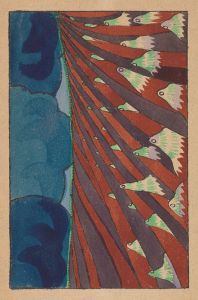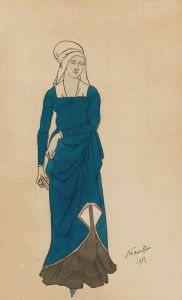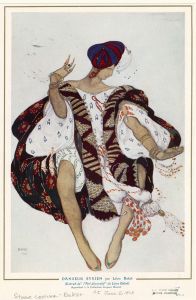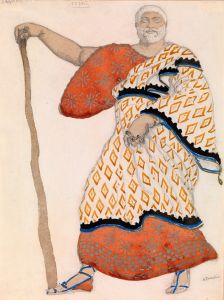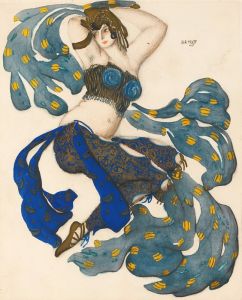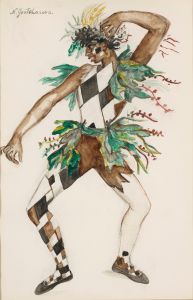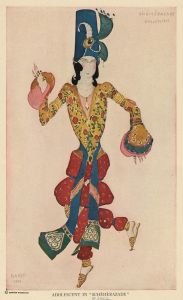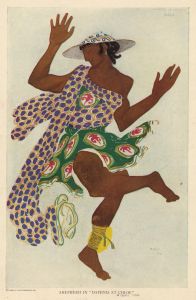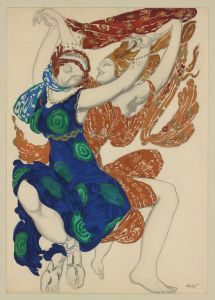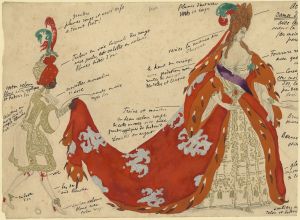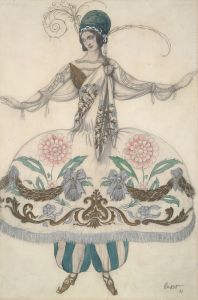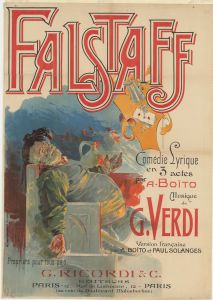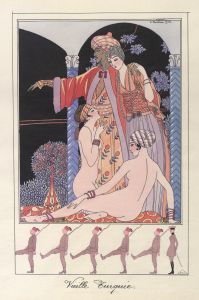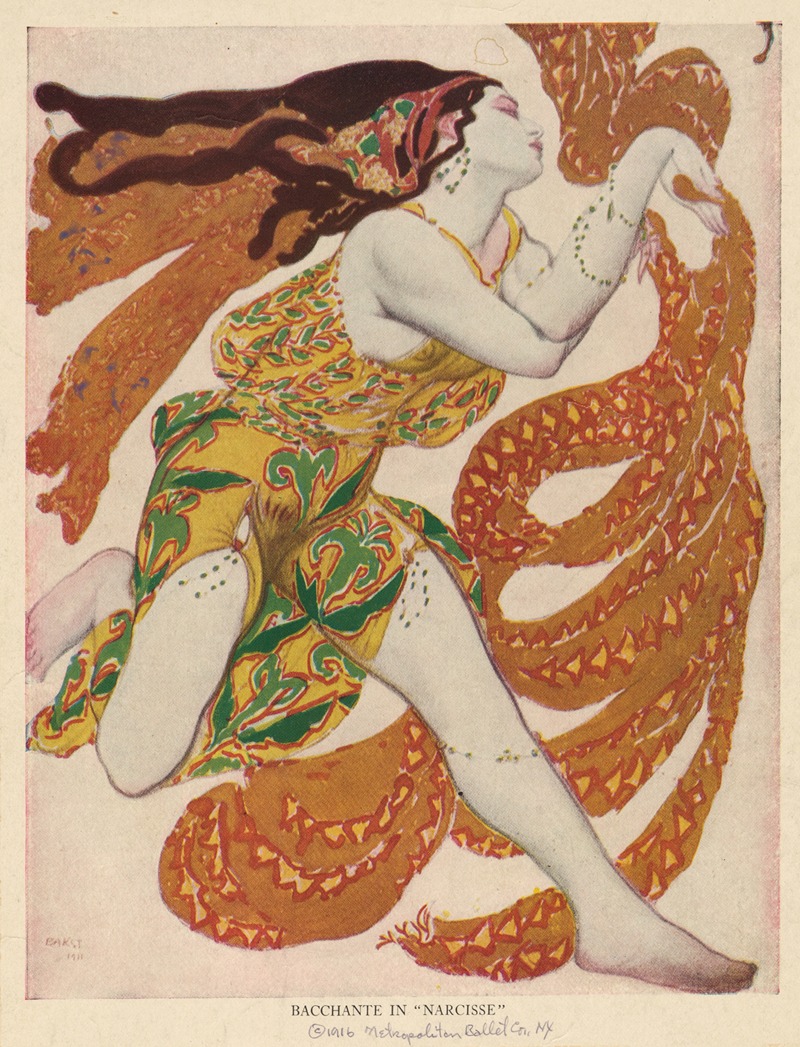
Bacchante in ‘Narcisse’
A hand-painted replica of Léon Bakst’s masterpiece Bacchante in ‘Narcisse’, meticulously crafted by professional artists to capture the true essence of the original. Each piece is created with museum-quality canvas and rare mineral pigments, carefully painted by experienced artists with delicate brushstrokes and rich, layered colors to perfectly recreate the texture of the original artwork. Unlike machine-printed reproductions, this hand-painted version brings the painting to life, infused with the artist’s emotions and skill in every stroke. Whether for personal collection or home decoration, it instantly elevates the artistic atmosphere of any space.
Léon Bakst, a prominent Russian painter and scene and costume designer, is renowned for his work with the Ballets Russes, a groundbreaking ballet company that revolutionized the performing arts in the early 20th century. Among his many contributions to the world of art and theater is the piece "Bacchante in ‘Narcisse’," which showcases his distinctive style and artistic vision.
Léon Bakst was born as Lev Samoilovich Rosenberg in 1866 in Grodno, which was then part of the Russian Empire. He studied at the St. Petersburg Academy of Arts and later in Paris, where he became associated with the artistic movements of the time. Bakst's work is characterized by its vibrant colors, exotic themes, and intricate designs, which were heavily influenced by his travels and exposure to various cultures.
"Bacchante in ‘Narcisse’" is a costume design created by Bakst for the ballet "Narcisse," which was performed by the Ballets Russes. The Ballets Russes, founded by Sergei Diaghilev, was known for its avant-garde productions that combined music, dance, and visual art in innovative ways. Bakst's involvement with the company began in 1909, and he quickly became one of its most influential artists, designing sets and costumes that were integral to the overall aesthetic of the performances.
The character of the Bacchante in "Narcisse" draws from classical mythology. Bacchantes, or Maenads, were female followers of Bacchus (Dionysus in Greek mythology), the god of wine, fertility, and ritual madness. They were often depicted as frenzied and ecstatic, participating in wild dances and celebrations. Bakst's design for the Bacchante would have captured this sense of movement and vitality, using his signature bold colors and elaborate patterns to bring the character to life on stage.
Bakst's work for the Ballets Russes, including "Bacchante in ‘Narcisse’," was instrumental in the development of modern stage design. His ability to blend elements of different cultures and historical periods into his designs helped to create a unique visual language that was both innovative and evocative. The costumes he designed were not merely decorative but were integral to the storytelling, enhancing the narrative and emotional impact of the performances.
The influence of Bakst's work extended beyond the theater. His designs were celebrated in the fashion world, inspiring designers and artists with their bold use of color and pattern. Bakst's legacy is evident in the continued appreciation of his work in museums and collections around the world, where his contributions to art and theater are recognized as pioneering and transformative.
In summary, "Bacchante in ‘Narcisse’" by Léon Bakst is a testament to the artist's skill and creativity. Through his work with the Ballets Russes, Bakst helped to redefine the possibilities of stage design, leaving a lasting impact on the arts that continues to be felt today. His designs remain a vibrant part of the history of theater and costume design, celebrated for their beauty, innovation, and ability to transport audiences to new and imaginative worlds.






